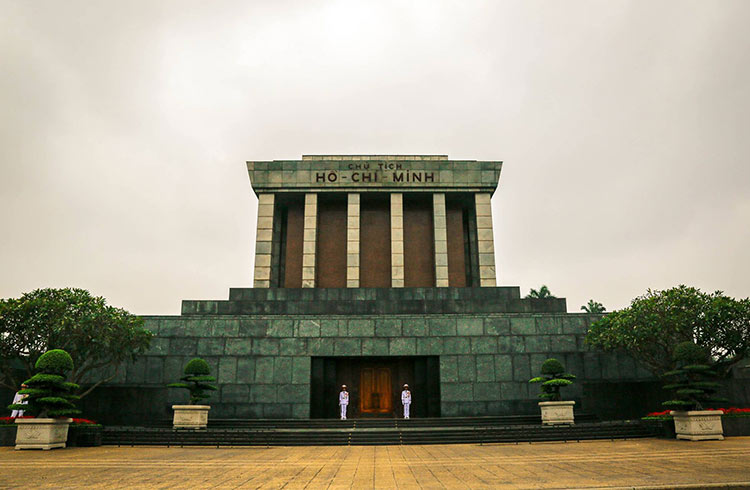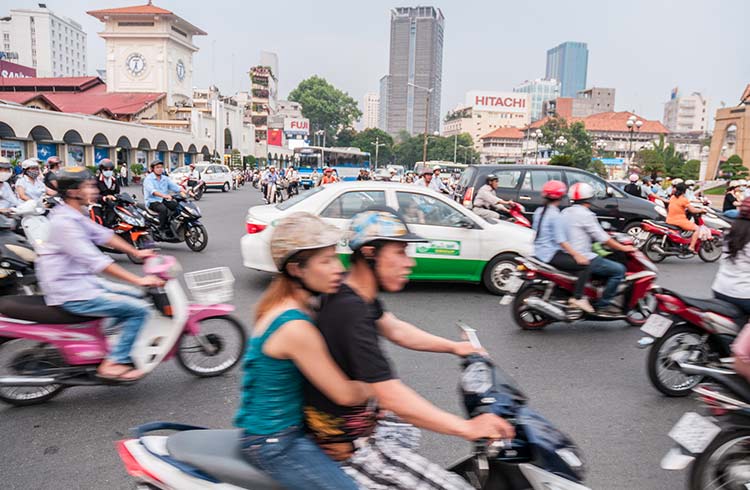An Insider's Guide to the Underground Culture of Hanoi
Among Hanoi’s open-air markets, ancient pagodas and French colonial streets, there is a quietly emerging hipster scene, Vietnam-style. Our insider Leslie shows us the changing culture on the streets of Hanoi.
 Photo © Hoach Le Dinh on Unsplash
Photo © Hoach Le Dinh on Unsplash
Though Vietnam is known for its communism and conservatism, a blossoming subculture is bringing more independent, local and creative types to the country’s quaint capital. Hanoi is often used by travelers as the gateway city to Halong Bay, but stay a while longer to see centuries-old architecture and discover these local experiences away from the tourist hot-spots.
Old Quarter Hanoi
After enjoying the incredible landscapes of the north, whether it be a day trip to Sapa or Halong Bay, and completing cooking classes fragrant with simmering bun rieu and bun cha, try getting off the well-trodden backpacker trail and rest in the Old Quarter’s kitsch hangouts.
On any given sultry day in Vietnam, hipster geeks with thick-rimmed glasses cool off with iced coconut drip coffee in the communist-themed Công Càphê coffee shop. Here, the baristas wear dark-green military uniforms and the menus are scratched into dingy, old books by Lenin.
You can chow down on local street food from early morning until the ungodly hours of the night – try Bún Chả 34’s specialty, a dish with grilled pork, fragrant fish sauce, vermicelli noodles mint leaves and herbs. Or go for cinnamon pork and banh cuon, or rice rolls filled to the brim with minced pork at Bánh Cuốn Gia Truyền Thanh Vân.

Creatives of Hanoi
Hanoi may seem like a strange place to seek out brown leather man-bags and fixed-gear bikes, but the city has your creative needs covered, including indie bars, caffeine-fueled dens, and vintage shops – all underground and all adorably zany with vintage post-war trinkets strewn throughout.
Visit the three-story Hanoi Social Club near Hoan Kiem, Hanoi’s charming lakeside neighborhood, which offers vegan food, legendary egg-yolk coffee, and a subscription to Australian art and fashion magazine Frankie, with folk tunes playing in the background.
In Hanoi, art is not holed up in the museum, but rather on display for everyone to see – from murals filling city walls during street art festivals to the French and Vietnamese-infused flavors of sizzling street food.
Underground culture in Hanoi
Nestled in backstreets, the Tadioto bar is a watering hole with walls adorned with paintings by local artists. Here, expats, free-thinkers, and intellectuals gather to have intense conversations until late.
Another popular spot, Bar Betta, is the trendy epicenter of Hanoi. Here, patrons buzzed on a few too many craft cocktails, muse about ukulele music and subversive art while lounging beneath the glass bottles that dangle precariously from the dark ceiling.
Travelers can get easily get in, after following the winding paths of a few alleyways. On any given night, explore these venues and you’ll encounter one of the rare scenes where tourists and locals mix.
Ho Chi Minh’s mausoleum
For culture of a different kind, head to the mausoleum of former Vietnam leader, Ho Chi Minh, who led the country from 1951 to 1969.
While the final resting place of Ho Chi Minh may not sound like a lively attraction, every day thousands of visitors – mostly Vietnamese – make the pilgrimage to pay their respects to 'Uncle Ho'.
Based on Lenin’s Mausoleum in Moscow, the building's visitors must show great respect and reverence. As you pass silently by the glass case containing the revolutionary leader’s body, you will be under close watch by armed, stone-faced guards. No photography or videoing is allowed. Lines to get in can be long, so get there early in the day. The body is allegedly sent to Russia every October for a couple of months for re-embalming.

Related articles
Simple and flexible travel insurance
You can buy at home or while traveling, and claim online from anywhere in the world. With 150+ adventure activities covered and 24/7 emergency assistance.
Get a quote


No Comments